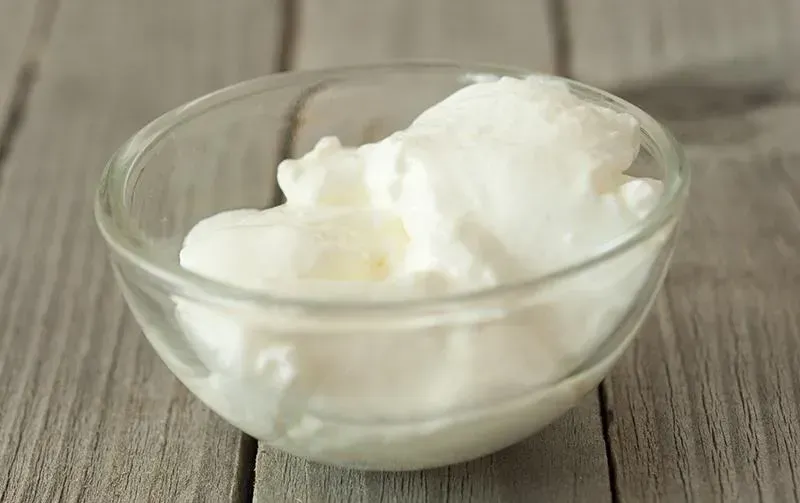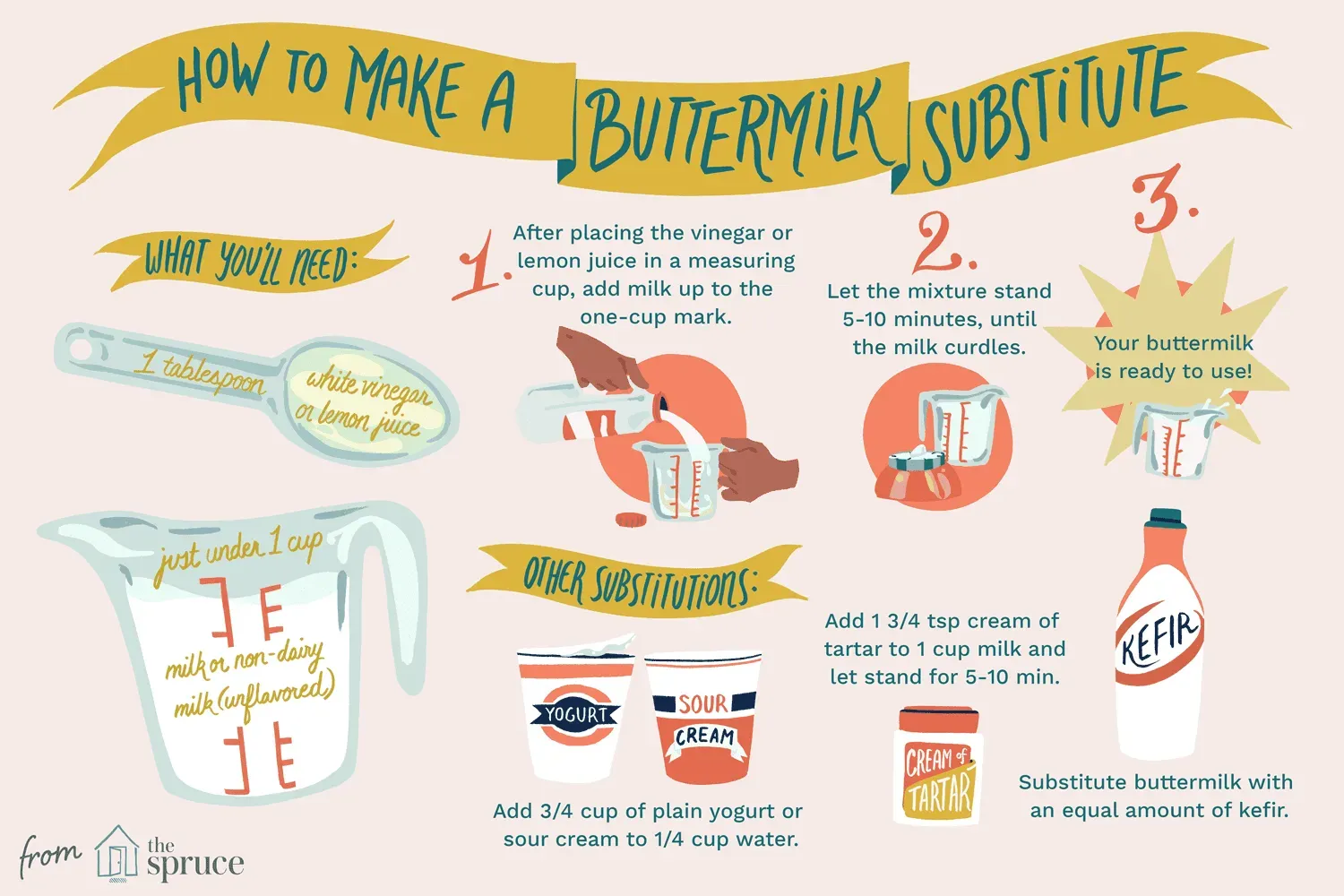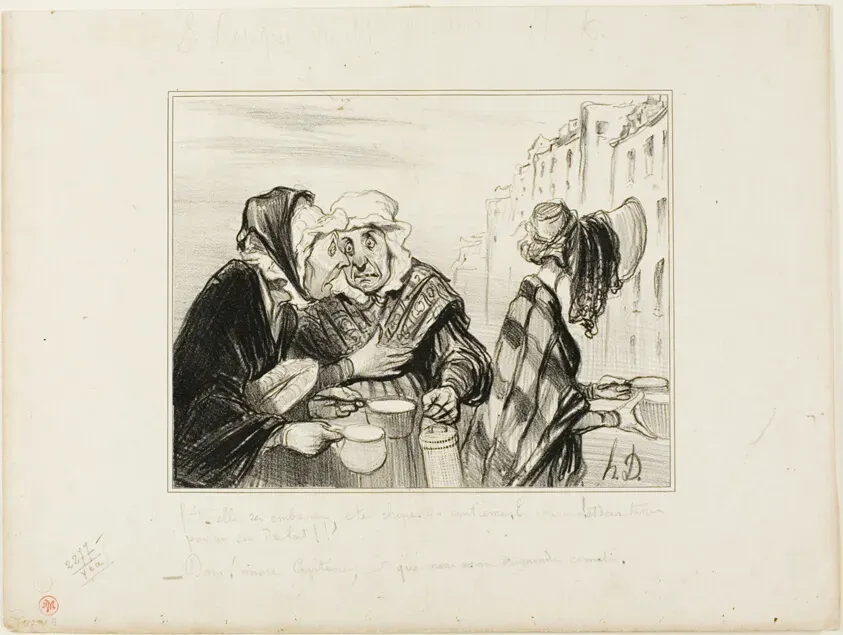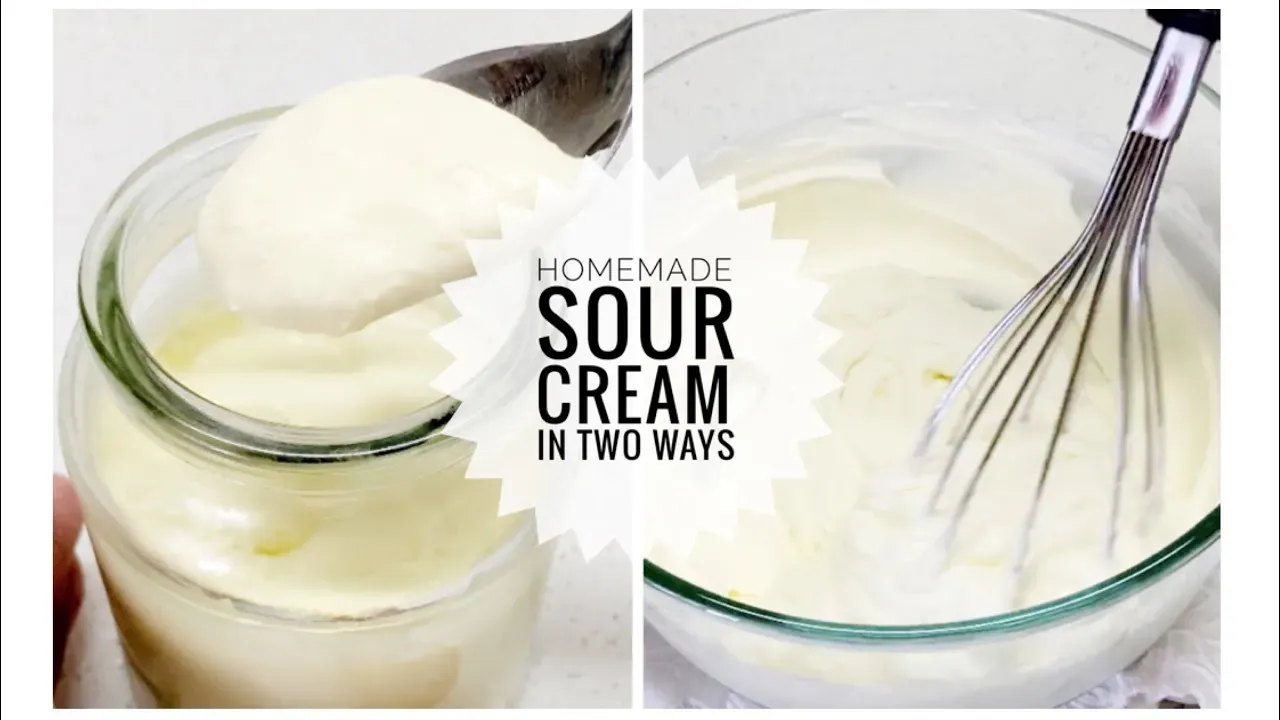Table of Contents
You're standing in your kitchen, recipe in hand, flour dusting the counter, and you hit that dreaded line item: buttermilk. A quick peek in the fridge confirms the worst – you're out. Don't despair or slam the recipe book shut. Buttermilk is a workhorse in baking, its acidity reacting with baking soda to create lift and that signature tender crumb in pancakes, biscuits, muffins, and more. It also adds a pleasant tang that balances sweetness. While traditional buttermilk is a byproduct of butter making, what you buy in the store is usually cultured milk with added lactic acid bacteria. The good news? You don't need a special trip to the grocery store to get these results. Learning how to make buttermilk with milk and acid is incredibly simple, using ingredients you likely already have. We'll walk you through the classic method and also touch on how to make buttermilk with milk and sour cream if that's what's on hand. Get ready to bypass the store and keep your baking projects moving forward smoothly.
Why Your Recipe Needs Buttermilk (And What It Is)

Why Your Recipe Needs Buttermilk (And What It Is)
Understanding Buttermilk: More Than Just Sour Milk
Forget the image of some old-timey farm liquid left over from churning butter, though that's where it started. Modern buttermilk, the kind you find chilling in the dairy aisle, is usually cultured. This means producers add lactic acid bacteria to regular milk. These bacteria ferment the milk sugar, lactose, producing lactic acid. That's what gives it that distinct tang and slightly thicker texture compared to regular milk. It's not just milk gone bad; it's milk intentionally soured by beneficial bacteria, which is key to its magic in baking.
The Baking Superpower: How Buttermilk Works
So why do recipes call for this tangy liquid? It's all about chemistry, specifically with leavening agents like baking soda. Baking soda needs an acid to activate fully and produce carbon dioxide gas. These gas bubbles are what create lift, making your pancakes fluffy and your biscuits tender. Buttermilk provides that crucial acid. Regular milk is too neutral. Without buttermilk, baking soda in a recipe would only partially react, leaving you with dense, sad baked goods. The acidity also helps break down gluten, contributing to a softer texture, and adds a subtle depth of flavor that plain milk just can't match.
Here's a quick look at what buttermilk brings to the table:
- Activates baking soda for maximum lift.
- Contributes to a tender crumb by breaking down gluten.
- Adds a pleasant, slightly tangy flavor that balances sweetness.
- Helps keep baked goods moist.
The Easiest Way: How to Make Buttermilk with Milk and Acid

The Easiest Way: How to Make Buttermilk with Milk and Acid
The Simple Science: Milk Meets Acid
Alright, so you need buttermilk, and you've got milk and something acidic kicking around. Perfect. The absolute simplest way to whip up a substitute that works like a charm in most baking recipes is just combining these two. Remember how store-bought buttermilk gets its tang from lactic acid? We're basically mimicking that process instantly. When you add an acid like vinegar or lemon juice to milk, the acid causes the protein molecules in the milk (casein) to curdle and clump together. This changes the texture and gives it that signature slightly thickened, tangy quality. It's not exactly the same as cultured buttermilk, which has live bacteria, but chemically, it behaves similarly enough for baking magic.
Getting the Ratio Right: Your Go-To Formula
Making this quick version of buttermilk couldn't be easier. All you need is one cup of milk and one tablespoon of your chosen acid. White vinegar and fresh lemon juice are the most common and reliable choices. Just pour the milk into a measuring cup, add the tablespoon of acid, give it a gentle stir, and then let it sit. Don't touch it, just let it hang out on the counter for about 5 to 10 minutes. You'll start to see little curdles forming – that's exactly what you want. The milk will look slightly thickened and maybe a little separated. Give it another quick stir before you measure it out for your recipe. This method works with pretty much any type of milk, from whole to skim, and even non-dairy alternatives like almond or soy milk, making it super flexible.
- Measure 1 cup of milk (any kind works).
- Add 1 tablespoon of white vinegar or fresh lemon juice.
- Stir gently.
- Let the mixture sit for 5-10 minutes until it curdles.
- Stir again before using in your recipe.
Can You Make Buttermilk with Milk and Sour Cream? (And How to Use Sour Cream)

Can You Make Buttermilk with Milk and Sour Cream? (And How to Use Sour Cream)
Thinking Outside the Bottle: Sour Cream as a Buttermilk Stand-In
so maybe you're out of vinegar and lemons, but you've got a tub of sour cream staring at you from the fridge shelf. Can this dairy staple step in? The short answer is yes, you can approximate something like buttermilk using sour cream and milk, but it's not a direct swap like the acid-and-milk method. Sour cream is much thicker and has a different fat content than buttermilk. It does have acidity, which is part of buttermilk's job, but you need to thin it down considerably to get a liquid consistency that works in most baking recipes. Think of it less as making buttermilk and more as creating a soured, thinned cream that can function similarly in a pinch. It's a workaround, not an identical clone.
Thinning the Cream: Getting the Right Consistency
To make this sour cream-based substitute, you need to lighten that thick texture. The general rule of thumb is to mix about three-quarters of a cup of sour cream with one-quarter cup of milk or water. Whisk it together until it's smooth and pourable, roughly the consistency of regular buttermilk. Using milk adds a bit more fat and body, while water thins it down purely. This mixture provides the necessary tang and some liquid for your recipe. Remember, the goal here is to mimic the function of buttermilk, which is to provide acidity and liquid to activate leavening agents and contribute to texture. The fat content will be higher than traditional buttermilk, which can affect the final product slightly, sometimes resulting in a richer crumb.
Here's the quick method:
- Measure 3/4 cup sour cream.
- Measure 1/4 cup milk or water.
- Combine in a bowl or measuring cup.
- Whisk until smooth and pourable, like buttermilk.
- Use this mixture cup-for-cup in place of buttermilk.
When to Use This Method (And When to Stick to Acid)
So, when is attempting to make buttermilk with milk and sour cream a good idea? It's a decent fallback when the vinegar or lemon juice method isn't an option. It works reasonably well in recipes where the exact liquid volume and acidity are slightly less critical, like pancakes or some quick breads. However, for more delicate recipes or those relying heavily on the specific acidity and texture of buttermilk, like biscuits or certain cakes, the milk-and-acid method is usually more reliable. The higher fat from the sour cream can sometimes make baked goods a bit heavier. If you're aiming for the lightest, fluffiest results, the classic milk and acid combination is generally the superior choice for how to make buttermilk with milk and sour cream being a secondary option.
Putting Your Homemade Buttermilk to Use

Putting Your Homemade Buttermilk to Use
you've successfully performed the kitchen alchemy, whether you went the milk-and-acid route or figured out how to make buttermilk with milk and sour cream. Now what? Don't just stare at your slightly curdled creation; it's ready to go to work. This tangy liquid is the secret weapon for countless baking projects. Pour it into your pancake batter for lift that store-bought mix can only dream of achieving. Whisk it into biscuit dough, and watch those layers separate beautifully in the oven. Use it in muffins, scones, or even fried chicken batter – the acidity tenderizes the meat and helps the coating stick. Just measure it out cup-for-cup as your recipe dictates. The slight differences in fat content, especially if you used sour cream, might subtly alter the final texture, perhaps making things a touch richer, but for most home baking, the results will be remarkably similar to using the store-bought stuff.
No Buttermilk? No Problem.
So, the next time a recipe calls for buttermilk and your fridge is bare, resist the urge to panic or make a last-minute dash to the store. Knowing how to make buttermilk with milk and acid, or even adapting with something like sour cream, puts the power back in your hands. It's a quick fix that delivers the necessary tang and acidity for your baking soda to work its magic, ensuring your biscuits rise and your pancakes stay tender. No fancy equipment, no fermentation required – just simple ingredients and a few minutes. Consider that one kitchen crisis averted.